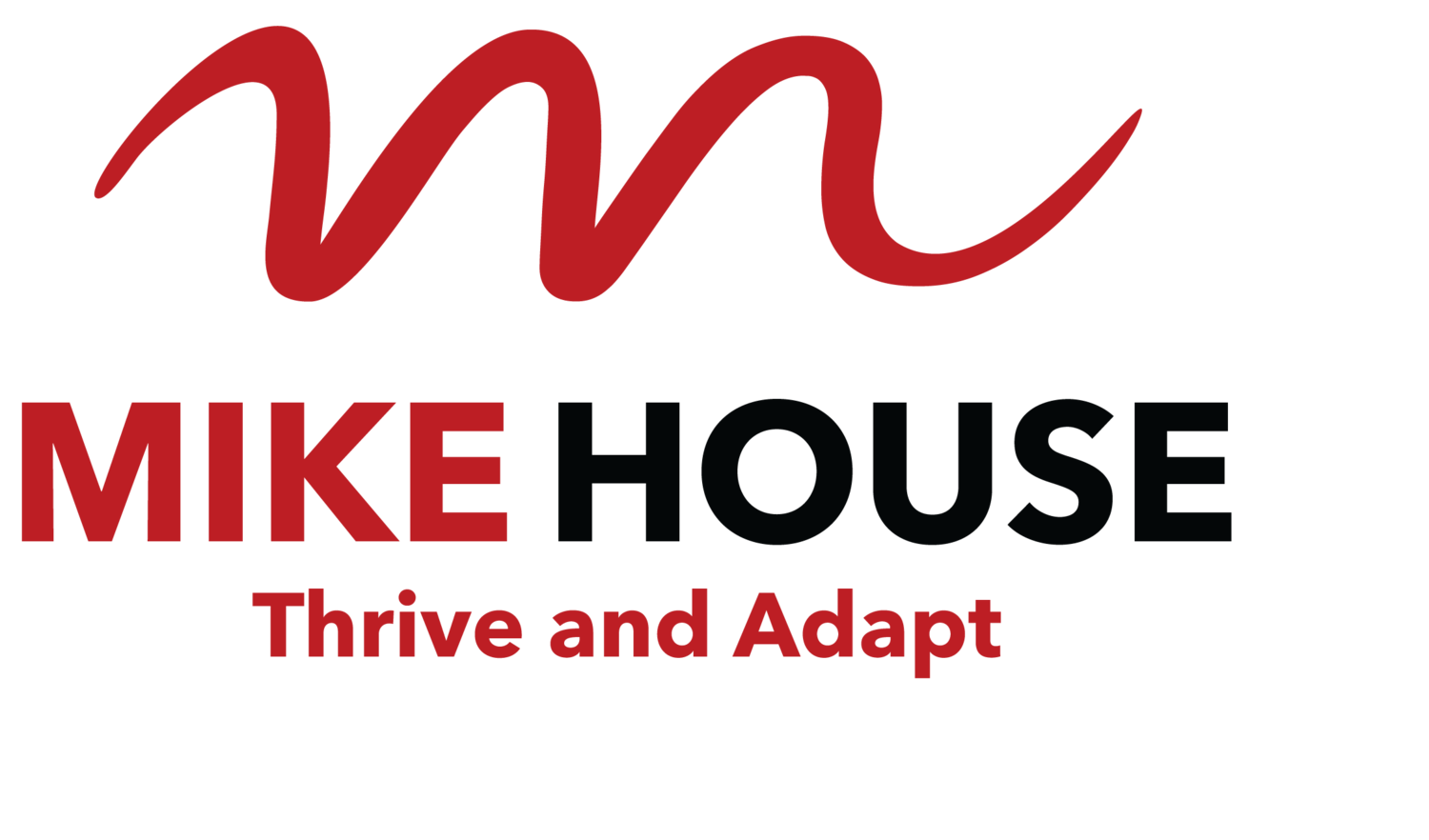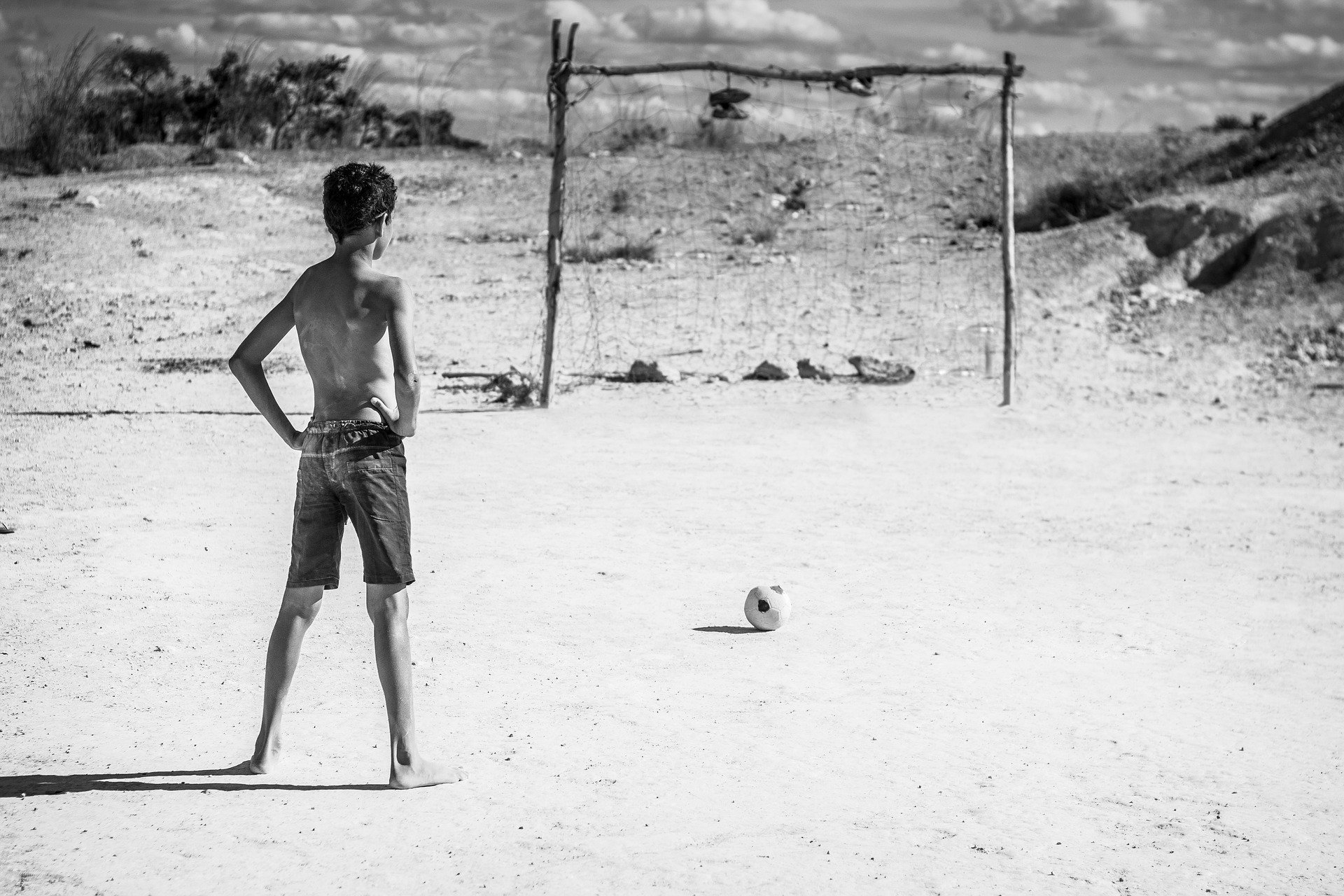A Cautionary Tale
/I was called in to facilitate a discussion between six team members from a settlement agency in a small open plan office. On a daily basis, they relied on each other for information, and to ensure timely settlements took place.
As with any workplace, there were a number of characters who would be unlikely to have much to do with each other outside work. Over the course of about two years, what started as a minor issue escalated to a full-blown investigation into bullying allegations. The heightened state of friction and tension in the office was causing significant performance issues, both individually and across the whole business. Balls were being dropped, and financial penalties were being applied due to non-delivery. The business was not dealing particularly well with the issue, and there was even the possibility of a massive escalation of the original complaint.
There were two issues that had once been minor, and had been allowed to escalate to the stage where they threatened work effectiveness, performance, peoples’ health, and the very company itself. The first was a personality clash that was exaggerated by the open plan office environment and sloppy personal and organisational management. Two people would spend large amounts of time talking about social situations and their personal lives. The kinds of conversations we all have over coffee, a meal or after work. The fact that it was during work time and in an open workspace had another colleague attempting to join the conversation. The others didn’t want to include her in the conversation. So far this is a minor issue.
Over time she felt increasingly excluded and marginalised from the conversations. She tried harder to join them. The other two increasingly shunned her and eventually escalated their behaviour to the point that a bullying and harassment complaint was made and the subsequent investigation found that they had not treated their colleague appropriately. Going forward there was considerable and difficult work required to repair the fractured relationships to the point that they could work effectively together again. Success would now require significant commitment, effort and willing participation from all parties.
In parallel, the person who eventually made the bullying complaint had several genuine performance issues with her work. Her manager had not dealt with these, and they too had escalated until the situation was untenable.
But the time I was involved, it was pretty much impossible for the manager to deal with any of the performance issues, without them being seen as an extension of the bullying the woman was experiencing. It seemed unlikely that the various players could find a space to move on from the issues. Their demeanour and attitudes suggested they would just continue to escalate their part in the drama.
Both issues could have been easily dealt with when they were hotspots or small tears. Like many in the face of tension, friction or conflict, the manager and others had avoided the issue for so long it had become largely unsalvageable.
The manager (and others) could have taken action to clarify expectations, set the bar, and catch it early. They could have:
Addressed the issue of excessive social chat in the open plan work environment, especially when the conversations were not intended to be shared with everyone. Simply leaving these conversations for a morning coffee break or lunch would have made the issue disappear before it got traction.
Addressed the performance issues as soon as they were noticed - initially by asking if the person needed support or clarification of their role, and ultimately through formal performance management if needed.
Had a whole team conversation about expectations and behaviour in the open plan environment which would have enabled the team to set and monitor their own benchmarks for healthy ways of working together and getting the job done, as in the next case study.

















